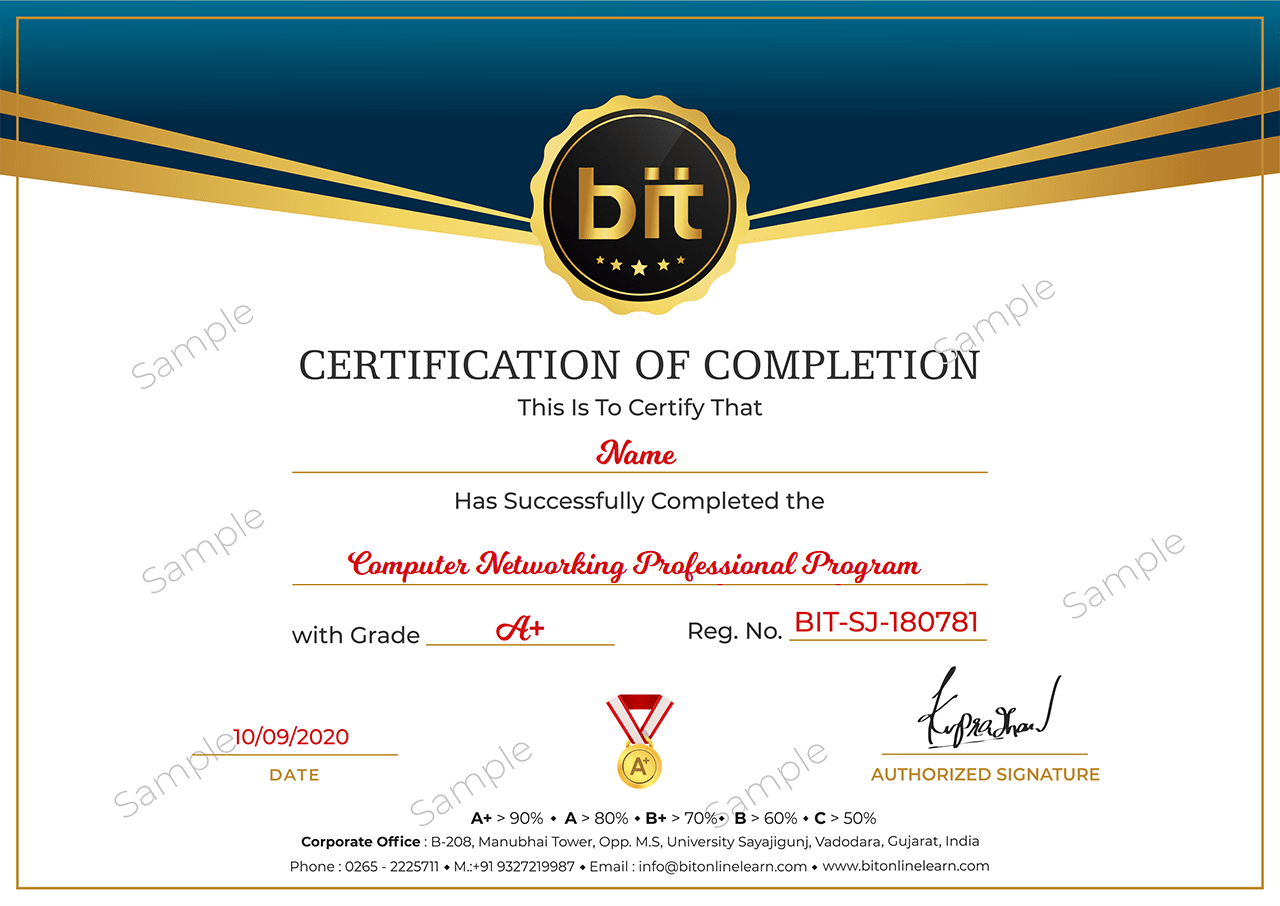Explain the purpose of a variety of networking concepts and implement them appropriately


CompTIA’s Network+ certification is an entry level vendor neutral certification for aspiring system and network administrators. The Network+ online training course provides basic training in managing, maintaining, troubleshooting, installing and configuring a network infrastructure. Nine months of experience in network support or administration along with a CompTIA A+ certification is recommended before the Network+ course. Network+ certification is also a step towards attaining higher level vendor specific certifications such as Microsoft (MCSE, MCITP), Cisco (CCNA, CCNP) and Linux (Linux+, RHCE).
This course is intended for anyone that is preparing for a network technician position or looking to improve their skills and become CompTIA Network+ Certified. However, it goes beyond that and will give you the skills you need to be a better network tech on the job. This is a complete and comprehensive CompTIA Network+ Certification (N10-007) course. It is designed to prepare the student to be able to take and pass the certification exam needed to become CompTIA Network+ Certified.

Copyright Bitonlinelearn © 2021. All Rights Reserved | Design and Developed By BITINFOTECH